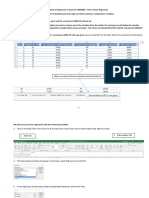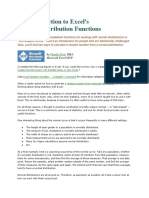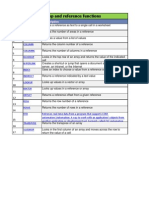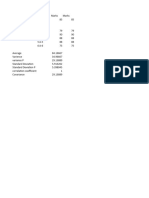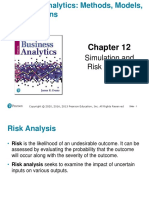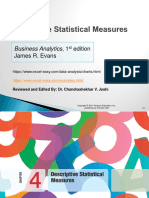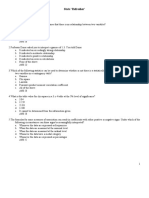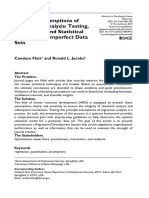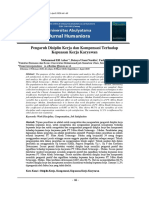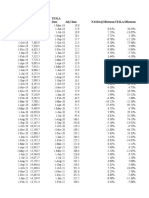0% found this document useful (0 votes)
16 views30 pages2025 Cfe Workbook Excel Functions
Good
Uploaded by
befinanceconsultingCopyright
© © All Rights Reserved
We take content rights seriously. If you suspect this is your content, claim it here.
Available Formats
Download as XLSX, PDF, TXT or read online on Scribd
0% found this document useful (0 votes)
16 views30 pages2025 Cfe Workbook Excel Functions
Good
Uploaded by
befinanceconsultingCopyright
© © All Rights Reserved
We take content rights seriously. If you suspect this is your content, claim it here.
Available Formats
Download as XLSX, PDF, TXT or read online on Scribd
/ 30












